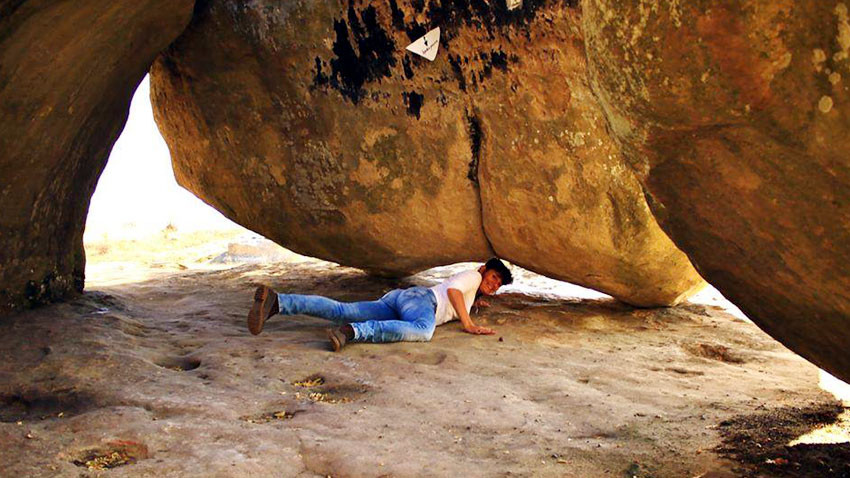
Bulgaria is relative small in size and population. However, those who get to know this country better would definitely admit that it deserves high recognition for its rich history, bounteous and beautiful nature, colorful traditions and the mysteries that surround it. The so called crawl-hole rocks (proviralki) are among these mysteries, which have healing effect. They replaced the underdeveloped medicine during the Roman period and the Ottoman Rule and are popular even nowadays.
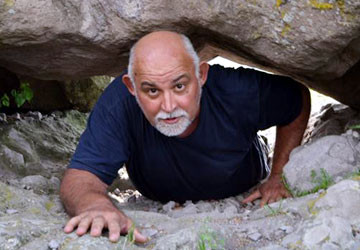 The word proviralka means a hole in a rock. Its width allows people to crawl though it and go on the other side of the rock, Kostadin Dimov who has been touring this country for years told Radio Bulgaria. Kostadin tries to unravel the mysteries of the ritual rock sites dating back to the antiquity. The word “proviralka” sounds slightly frivolous in Bulgarian, but it turned out that it describes some of the most widely-spread megalithic objects which have been widely recognized and respected by the Bulgarians.
The word proviralka means a hole in a rock. Its width allows people to crawl though it and go on the other side of the rock, Kostadin Dimov who has been touring this country for years told Radio Bulgaria. Kostadin tries to unravel the mysteries of the ritual rock sites dating back to the antiquity. The word “proviralka” sounds slightly frivolous in Bulgarian, but it turned out that it describes some of the most widely-spread megalithic objects which have been widely recognized and respected by the Bulgarians.
This tradition is very popular in Bulgaria, but it is known in other neighboring Balkan countries, too. However, there is no evidence of its existence in other parts of the globe, Mr Dimov contends. He associates this widely-used ancient health ritual with the Orphic Lithica (considered as an example of the late Antiquity lapidary treatises describing the magic and therapeutic properties of about 39 stones-minerals, varieties, aggregates and rocks). Bulgarian prophet Baba Vanga also knew these rocks phenomena and used to send people to different parts of Bulgaria to crawl through these rocks and benefit from their therapeutic properties, Kostadin Dimov went on to say and added:
Traditions in Bulgaria are alive. Thousands of people crawl through these rocks every year, yet it seemed very strange to me in the beginning. The most popular crawl-hole rock is situated in the chapel of the Rila Monastery. When we were little children we used to crawl though this rock, in order to overcome our fears. Another popular crawl-hole rock is situated in Kribul.

People crawl though this rock phenomenon and pray for sound health and fertility. People crawl through these rocks for three main reasons: They want to overcome some kind of fear. Secondly, many childless females who want to concede crawl through these rock holes. Some people drink the water from the water springs nearby to boost the effect of the stone. Thirdly, these rock phenomena are used by people with musculoskeletal disorders. They press their waist to the stone when they crawl through it. According to beliefs, this type of body massage releases the energy from the human body and heals.
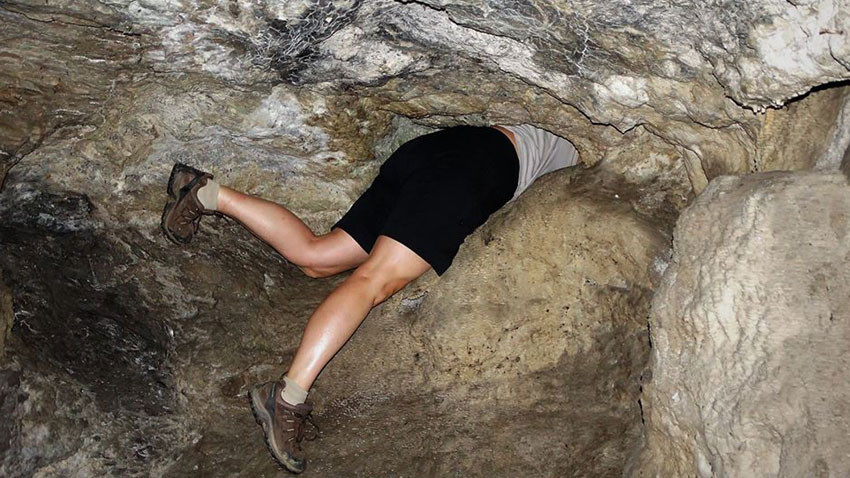
However, not every hole in the rocks is used for these rituals. The ancient people knew well the places with strong healing effect. That is why chapels were built near some of these crawl-hole rocks such as the one near the village of Stalevo. The oldest active monastery in Europe is situated in the village of Zlatna Livada (Chirpan Municipality). Saint Atanasius once lived in a small cave nearby. This tiny cave is now used as a crawl-hole rock (proviralka). There is also a healing spring beneath the monastery.
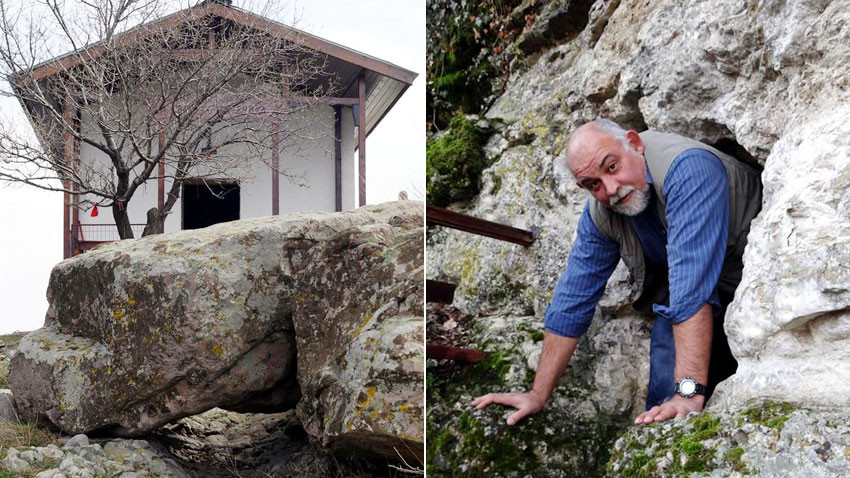
Each crawl-hole rock is used for a certain purpose depending on its location, geometry and the type of the rocks. Have you ever wondered how these objects are dated?
Some crawl-hole rocks look perfectly polished, which means that thousands of human bodies crawled through them already. These rocks have not been used in the past 20, 100 or even 200 years only, Kostadin Dimov contends. All of them are part of a sacred place or a former sanctuary dating back even to the Neolithic Era which abounds with energy in the form of water, crystals or gas that go under the ground such as the Rupite locality near the house of Bulgarian prophet Vanga.
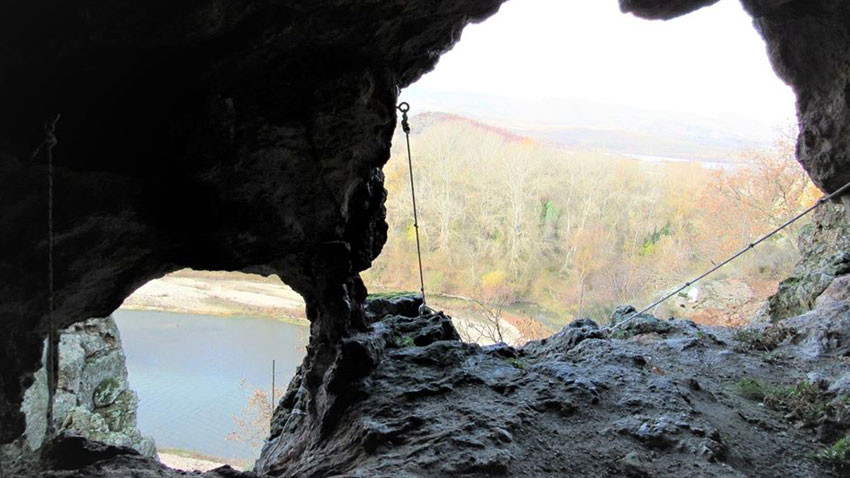
People follow a strict ritual when crawling through these rocks, in order to achieve the necessary effect, which sometimes turns into real trial.
People must pray when they crawl through the rock holes. The women who want to concede should repeat the ritual three times. Then, you should make the sign of the cross and hang some of your clothes onto the rock as a gift to the gods so they can hear your prayer, Kostadin Dimov says. Some of the crawl-hole rocks such as the one near the village of Stomantsi (The Eastern Rhodopes) are situated in very inaccessible areas. This crawl-hole rock hangs above a precipice. Once you crawl through this rock hole you find yourself onto a very narrow rock balcony which hangs over an abyss. The women who want to concede and go through this crawl-hole rock are very brave.
So far Kostadin Dimov and his associates have found a total of 25 crawl-hole rocks used for various rituals. We can easily count over 100 crawl-hole rocks if we make the necessary organization. This rock phenomenon is a kind of an ancient polyclinic and every Bulgarian region must have at least one crawl-hole rock, Mr Dimov contends. He asks people who know about such places to share and promote them.
English version: Kostadin Atanasov
Photos: private libraryWine culture has been thriving in Bulgaria, with more and more locations and events drawing a growing number of wine lovers and boosting interest in wine tourism. Demand in wine tasting has gone up significantly in 2024, weekend advance bookings..
Bulgaria’s second largest city of Plovdiv is in the top 3 of recommended destinations for the upcoming Christmas and New Year holidays in a ranking by Forbes. Experts from the European Best Destinations organization put Plovdiv in third..
At the official opening of the winter season in Bansko, caretaker Minister of Tourism Evtim Miloshev said that Bulgaria has the potential to become a leading tourist country in the region. It is high time the discussion began among all..

+359 2 9336 661
